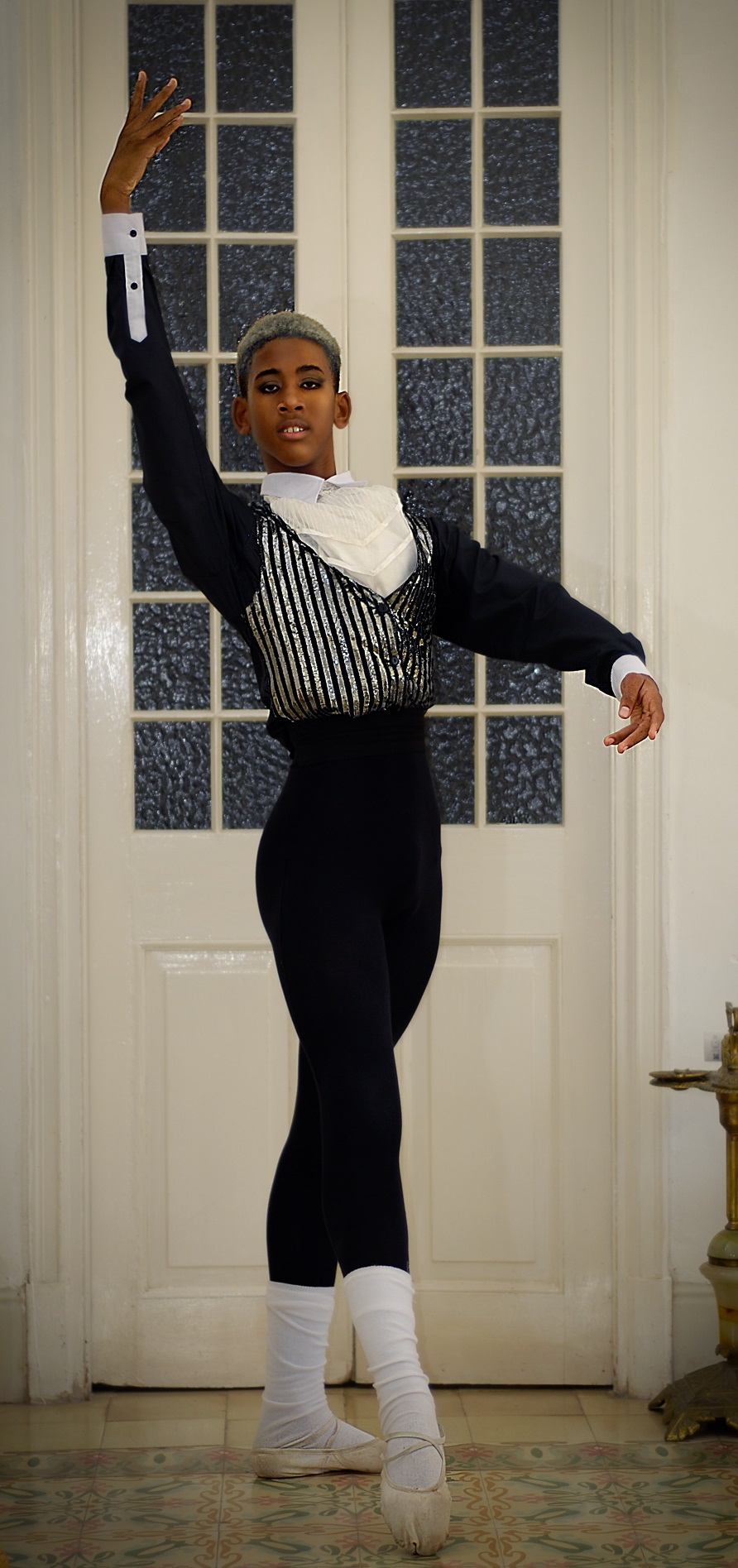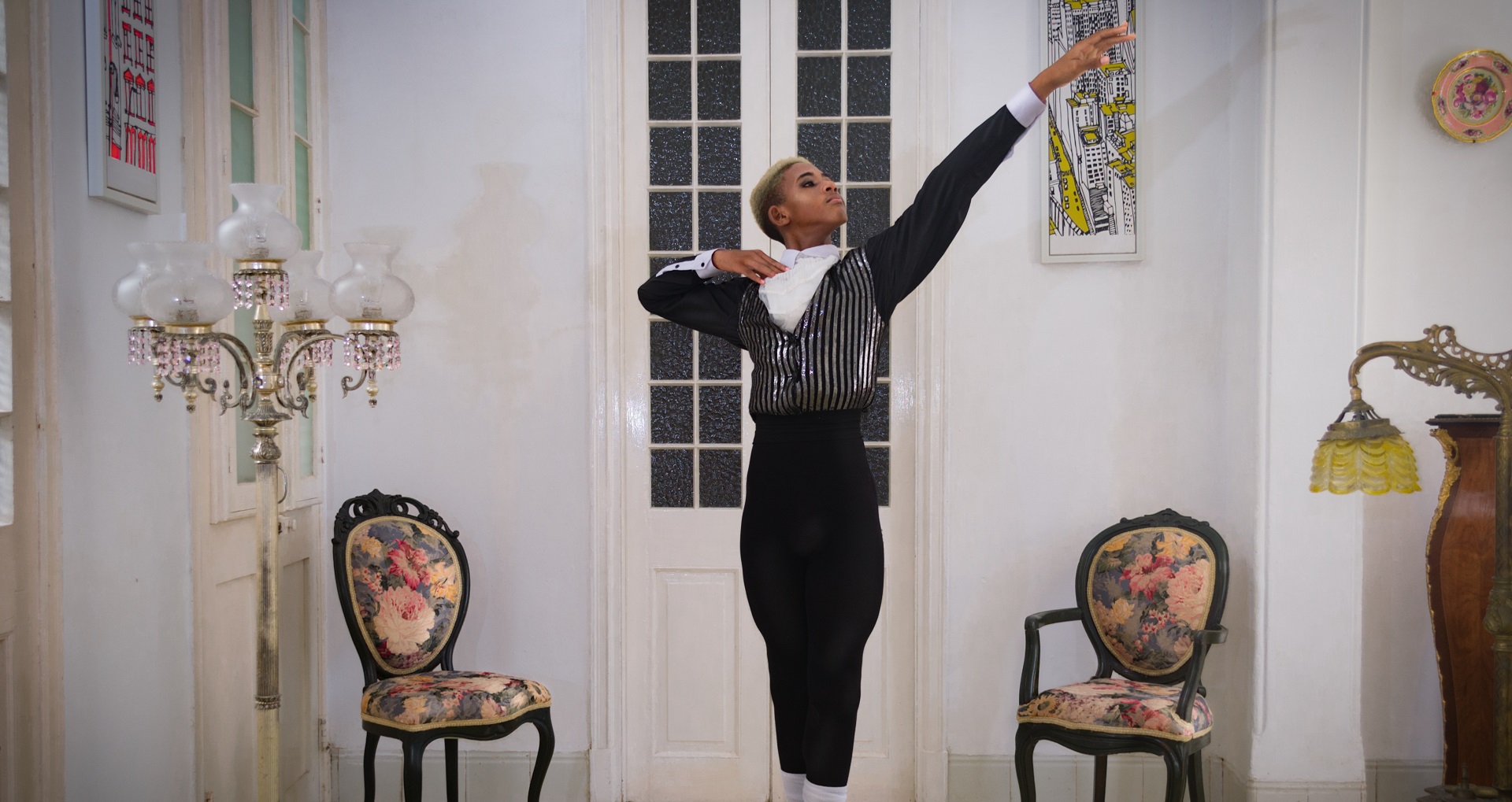Ballet in Cuba
The cuban classical
The Cuban National Ballet is the most important Cuban ballet company and is considered one of the five best classical ballet companies in the world, after the Paris Opera, the London Royal Ballet, the American Ballet Theater and the Bolshoi Ballet. This company is considered to be the high point of the strong and consolidated Cuban School of Ballet, the result of the genuine union of Fernando Alonso, Alicia Alonso as a great ballerina and Alberto Alonso, brother of the former and who was the first professional dancer in Cuba.
The company was founded on October 28, 1948 with the name of Ballet Alicia Alonso. In 1950 the Alicia Alonso National Ballet Academy was founded, the first of its kind in Cuba, where the new figures of Cuban ballet would be forged from then on. The Academy complemented the faculty of Cuban teachers with eminent foreign specialists who came to the summer courses that were organized annually.

“We incorporate the Cuban way of walking, the sensuality and flirtation of women, the virility and even the machismo of men into ballet …”
one of the five best classical ballet companies in the world
From 1955 the company changed its name to Ballet de Cuba. When the triumph of the Revolution took place in 1959, the company reorganized after a period of inactivity and assumed the name of National Ballet of Cuba. On July 11, 1961, the Alicia Alonso National Ballet School ceased to exist as a private company. In January 2020, after the death of Alicia Alonso, Viengsay Valdés, first dancer of the Cuban National Ballet, also assumed the general direction of the company.
The company’s repertoire is wide and has the best ballets and choreographies in the world. Among the most liked are: Apollo, Swan Lake, Cinderella, Nutcracker, Carmen, Coppelia and Giselle.
Much has been said about the background of the Cuban Ballet School, in relation to its relationship with previous schools such as the old Italian school, characterized among other things by the rapid use of the feet, the old Russian school, the Danish school, the English school and the Soviet school but always taking into account careful selection principles and always avoiding mimicry. These principles were based on the criterion of what suited Cuban physicists best, what best suited our line, our concept of beauty and elegance.
In an interview, Fernado Alonso expressed: “We incorporate the Cuban way of walking, the sensuality and flirtation of women, the virility and even the machismo of men into ballet …”
In more than fifty years of continuous practice, the Cuban Ballet School has been internationally recognized and has established itself as an important benchmark. Its teaching method has been applied in different countries.
Havana International Ballet Festival.
The management of the National Ballet of Cuba set out to show the best of this art of dance at an international level, with the aim of contributing to its dissemination, based on its significance and values within dance, showing the enrichment and reaffirmation of the Caribbean dance culture. Since January 2016, the event included the name of its president and main inspirer: Alicia Alonso, thereafter being named “Havana International Ballet Festival Alicia Alonso”
On March 15, 1960, it was the first edition of the Havana International Ballet Festival. The second edition was held six years later, in 1966 and the third in 1967.
The last edition was the 26th International Ballet Festival (2018), developed with the participation of top-level dancers, both national and foreign. This edition was dedicated to the 70th anniversary of the founding of the BNC and gathered for 10 days in Havana, the very first figures of prominent companies from the United Kingdom, Australia, Denmark, Argentina, the Czech Republic, Mongolia, the United States and Germany, among others.

READ MORE ABOUT DANCES
_____________________________________________________
INFORMATION
EMAIL: info@dancingcuba.com





